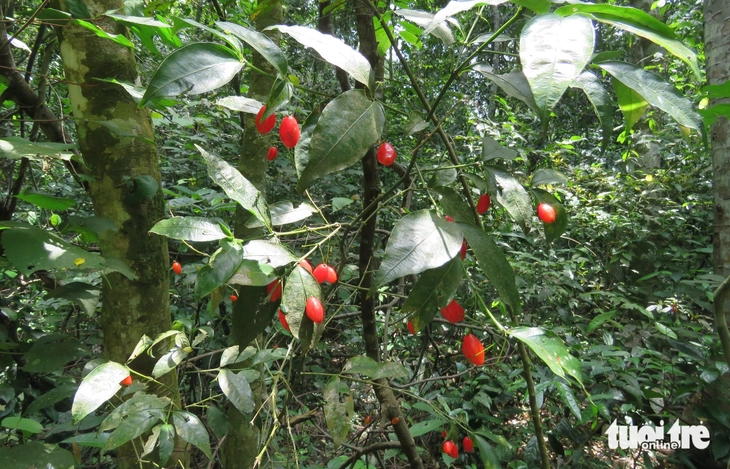
Newly announced species of cycad was discovered in the Ru Linh primeval forest - Photo: LE TUAN ANH
A group of botanists from the Institute of Life Sciences , the Central Vietnam Institute of Scientific Research, along with officers from the Cam Lo - Dong Ha City Inter-District Forest Protection Department and the Kagoshima University Museum (Japan) discovered and described a new species of the genus Lasianthus (Xu Huong) collected from Quang Tri and Quang Binh provinces.
The new plant species was published in the specialized journal Phytotaxa 694 (1): 057-067, published on March 18.
Lasianthus is a large genus in the family Rubiaceae with 292 species widely distributed around the world . In Vietnam, 74 species of this genus have been previously recorded.
The new species was named Lasianthus trongii after Mr. Nguyen Dinh Trong, who has contributed to protecting Ru Linh forest (Vinh Linh district, Quang Tri) for more than 40 years.
Ru Linh Forest is nearly 100 hectares wide, the only primeval forest in the Quang Tri plain, where the new species was discovered and samples were collected for the first time. In 1977, Mr. Nguyen Dinh Trong and some local people took on the task of protecting Ru Linh Forest. Thanks to Mr. Trong's efforts, the forest has been preserved intact to this day.
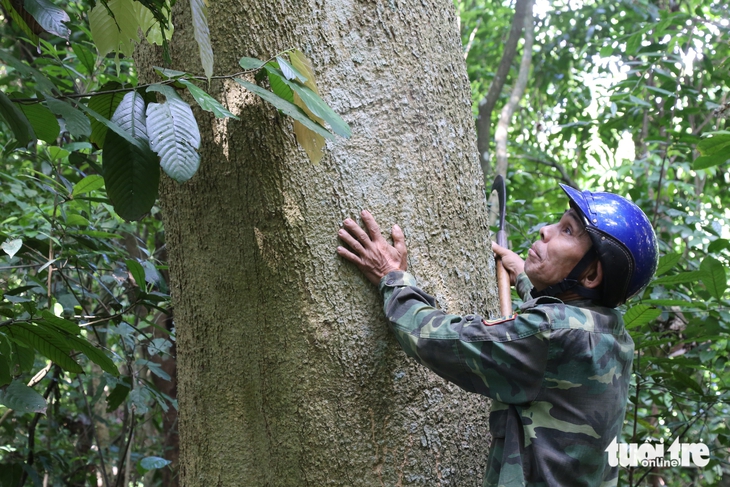
Mr. Nguyen Dinh Trong in Ru Linh forest - Photo: HOANG TAO
Lasianthus trongii species, shrub about 1 - 3m high, with hairless stem. Leaves grow symmetrically, leaf blade is elliptical or lanceolate, both sides of leaf are hairless, with pointed leaf tail, nearly round leaf base, entire margin, 6 - 8 pairs of secondary veins, hairless petiole 2 - 3mm long, small stipules, triangular.
Inflorescence cymose, with 7 flowers, flowers are nearly sessile, white, calyx bell-shaped to truncated cone-shaped, hairless, divided into 4 triangular lobes. Stamens 4 attached to the corolla tube, ovary 4-celled, style 1.5 - 2mm long, pubescent, with 3 lobes. Nuts are ovoid to spherical, smooth, orange-red when ripe, very eye-catching, easy to distinguish this species in nature.
Lasianthus trongii is morphologically similar to L. tamdaoensis and L. kailarsenii . However, the species is clearly distinguished by the morphology of leaves, flowers and fruits, in which the most prominent feature is the orange-red color of the fruit, completely different from the blue fruit of the other two species.
Although the species is distributed in two regions and two provinces, the population has a small number of individuals and is proposed to be assessed as endangered (EN) according to IUCN 2024.
Source: https://tuoitre.vn/phat-hien-loai-thuc-vat-moi-o-quang-tri-duoc-mang-ten-nguoi-40-nam-bao-ve-rung-20250318120651085.htm





![[Photo] Discover unique experiences at the first World Cultural Festival](https://vphoto.vietnam.vn/thumb/1200x675/vietnam/resource/IMAGE/2025/10/11/1760198064937_le-hoi-van-hoa-4199-3623-jpg.webp)





















![[Photo] General Secretary attends the parade to celebrate the 80th anniversary of the founding of the Korean Workers' Party](https://vphoto.vietnam.vn/thumb/1200x675/vietnam/resource/IMAGE/2025/10/11/1760150039564_vna-potal-tong-bi-thu-du-le-duyet-binh-ky-niem-80-nam-thanh-lap-dang-lao-dong-trieu-tien-8331994-jpg.webp)






























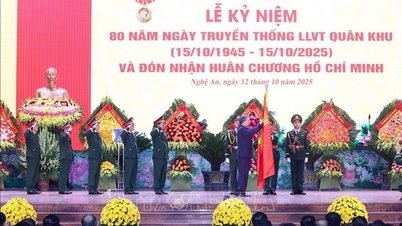
























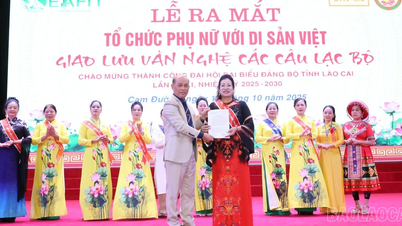













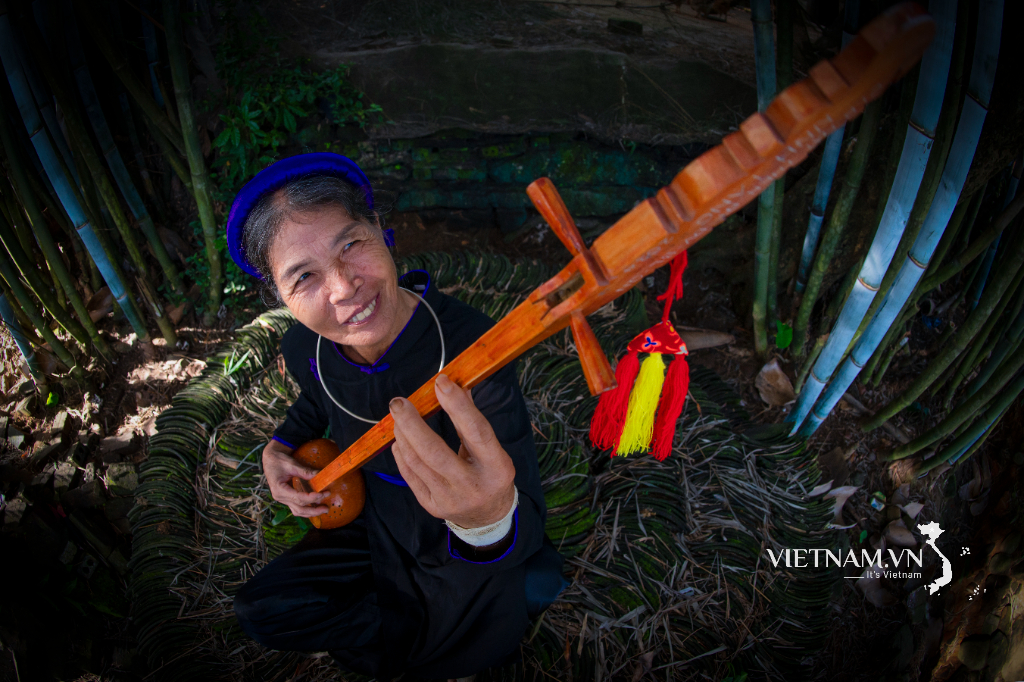
Comment (0)